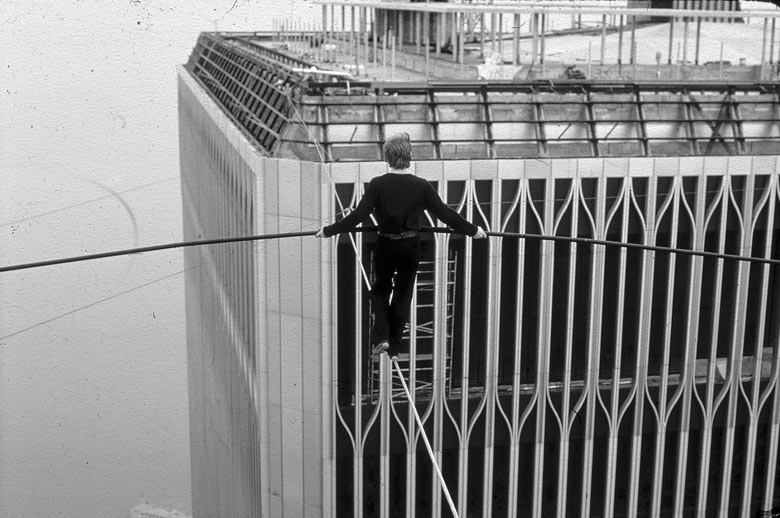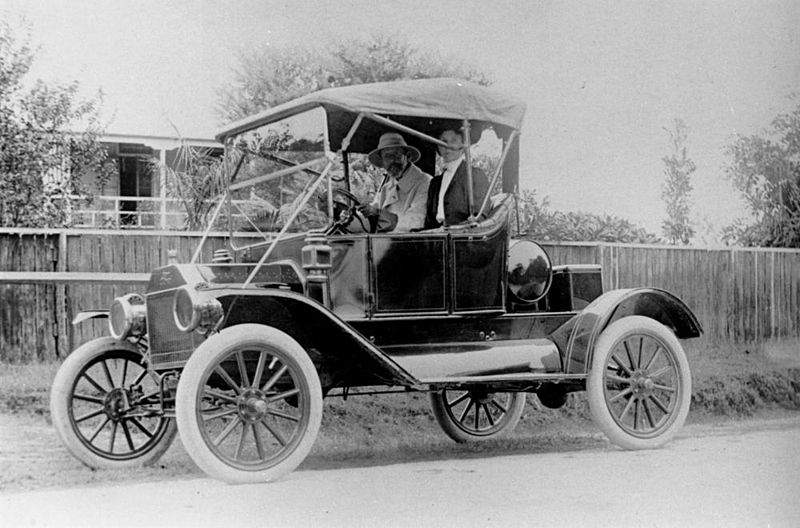Via the wonderful Delancey Place, a prescient excerpt from E.B. White’s 1949 book, Here Is New York, about towers that resembled targets, which predates Don DeLillo’s similar fever dreams about falling skyscrapers by more than four decades:
“To a New Yorker the city is both changeless and changing. In many respects it neither looks nor feels the way it did twenty-five years ago. … New York has changed in tempo and in temper during the years I have known it. There is greater tension, increased irritability. You encounter it in many places, in many faces. The normal frustrations of modern life are here multiplied and amplified — a single run of a cross-town bus contains, for the driver, enough frustration and annoyance to carry him over the edge of sanity: the light that changes always an instant too soon, the passenger that bangs on the shut door, the truck that blocks the only opening, the coin that slips to the floor, the question asked at the wrong moment. There is greater tension and there is greater speed. …
The subtlest change in New York is something people don’t speak much about but that is in everyone’s mind. The city, for the first time in its long history, is destructible. A single flight of planes no bigger than a wedge of geese can quickly end this island fantasy, burn the towers, crumble the bridges, turn the underground passages into lethal chambers, cremate the millions. The intimation of mortality is part of New York now: in the sound of jets overhead, in the black headlines of the latest edition.”


